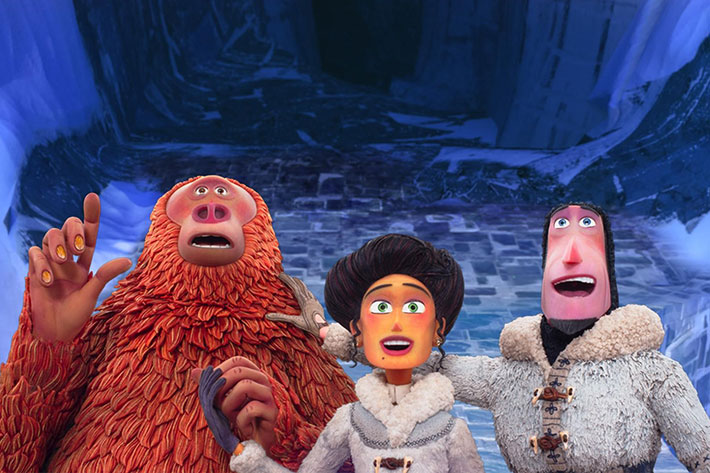
Studios around the world power BAFTA, Golden Globe, Annie and VES nominated films with Autodesk M&E software, to create the most unique VFX and animated films. A story repeated in 2020.
There is a common link between anything from galactic space adventures, to photoreal wildlife and African savannahs, to heroic battles: many of them are created using Autodesk 3ds Max, Arnold, Flame, Lustre, Maya and Shotgun, Autodesk’s Media & Entertainment Collection of tools that have helped teams across the globe collaborate and create standout visuals for this year’s top VFX and animated films nominated for Oscars, BAFTAs, Golden Globes, Annies and VES Awards.
“For over 25 years, Autodesk tools have helped artists create the most spectacular worlds, characters, and effects, and bring dazzling cinematic masterpieces to life for global audiences,” said Jocelyn Moffatt, Entertainment Industry Marketing Manager, Autodesk. “We are committed to providing creative teams with the most innovative VFX, animation, and collaboration tools, so they can tackle any creative challenge that comes through their door.”
From 1917 to The Lion King
Autodesk M&E software are in use by world-leading VFX facilities who worked on all five Academy Award nominees in the VFX category, including 1917, Avengers: Endgame, The Irishman, The Lion King and Star Wars: The Rise of Skywalker, as well as many of the nominees in the Animation category, with films including How to Train Your Dragon: The Hidden World, Klaus, Missing Link and Toy Story 4. Across the 2020 awards season, Autodesk M&E customers have been recognized for outstanding achievement in VFX and animation, including a best animated film Golden Globe win for LAIKA’s, Missing Link, among other for BAFTA, Annie and VES nominees.
The craft and precision involved in making Missing Link is remarkable; the team at LAIKA pioneered a unique CGI-to-3D printing workflow to bring its signature handcrafted stop-motion look to the screen. “For Missing Link, characters’ facial performances were rigged and animated in Maya, and each facial expression was exported as an OBJ, voxelized, sliced for print using Cuttlefish from Fraunhofer IGD to ensure color accuracy and detail, and then sent to a Stratasys color 3D printer. Over 106,000 unique faces were printed for the production of the film,” explained Brian McLean, director of Rapid Prototyping at LAIKA. “Sometimes 24 unique faces were needed for one second of film—Lionel alone had more than 39,000 and Link had 27,000.”
Congratulations to the nominees
All of these assets had to be meticulously managed and tracked, “All shot assignments, schedules, plate information, and reference materials were published to and organized using Shotgun Software which we’ve used at LAIKA on all of our productions since ParaNorman,” concluded Steve Emerson, visual effects supervisor at LAIKA.
Now the company congratulates all of the Autodesk M&E customers whose work has been recognized among these nominees and winners including: Animal Logic, Cinesite, Company 3, Digital Domain, DreamWorks Animation, Framestore, ILM, LAIKA, Method Studios, MPC, Sony Pictures Imageworks, SPA Studios, Walt Disney Animation Studios and Weta Digital.
The Autodesk Media & Entertainment Collection includes Maya (includes the Bifrost Graph Editor, plus 15 entitlements to Bifrost engines, to run simulations on a compute farm), 3ds Max and Arnold 5-license pack. The collection also includes performance capture, reality capture, digital sculpting, and other specialty software. The entire collection is available for $2,145 per year, single-user access. For more information visit Autodesk’s website and the area dedicated to the Autodesk M&E software.
